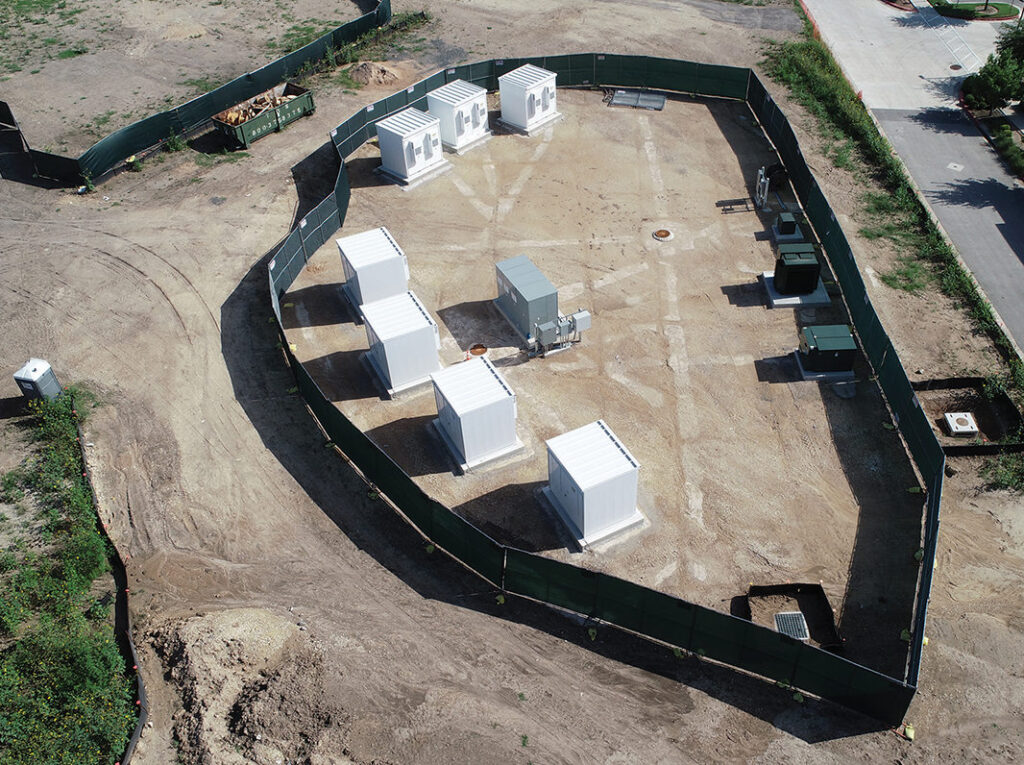Three Things to Know About Power System Flexibility

Utilities in the United States have increasingly recognized the many benefits of power system flexibility and are developing their own services.
Flexibility market development has been fastest in Europe
I have been writing about the development of power system flexibility services for several years. It’s a subject that I’ve never tired of hearing. And that is because, despite a fair amount of hype, flexibility services will play an important role in the near future. To date, the biggest developments in flexibility have been in Europe, including the UK and Denmark. There are many reasons for this. Continent-wide commitments to renewable energy and electric vehicles (EVs) puts flexibility center stage. The European Commission has funded many projects to support the development of flexibility markets. Unlike North America, where vertically integrated monopolies predominate, the structural unbundling of retail and generation from distribution and transmission in Europe removes conflicts of interest and creates a competitive imperative to develop new products. Take a look at Orsted and Enel X: two utilities that are pushing forward with innovation.
North America is catching up
North America is not far behind. Utilities there have increasingly recognized the many benefits of flexibility and are developing their own services. At last week’s UA Summit 2021, NRG Energy and Great River Energy discussed their flexibility journeys. For both companies, this meant a strategic shift in approaches to network management. Distribution utilities are largely focused on managing demand peaks; however, flexibility changes that focus to load optimization. This change in focus necessitates a significant change to the distribution utility business model as well as developing a new understanding customer needs, stakeholder interaction and new technology infrastructure. And that’s before I touch on regulatory frameworks, which I’m not going to do in this blog.
Multiple revenue streams sit within a flexibility market. Beyond the system operator—who will call on flexible capacity to address under- or over-supply on the network—there are three other pools of value:
- The capacity owners—of both loads and supplies—will be rewarded for their participation, in line with the value they deliver.
- Aggregators will be rewarded for pooling flexible capacity and acting as an intermediary between the system operator and the capacity owners.
- The platform provider owns the infrastructure on which all stakeholders interact and share data.
Competition requires much better understanding of customers’ needs
Healthy competition among capacity aggregators will lead to better long-term outcomes for flexibility market participants. Competition will force aggregators to provide the best possible service to their customers and to the system operator.
To do this, aggregators will need to acquire a strong understanding of their customers’ needs, with pin-point accuracy on what capacity will be available and when. No two customers will be the same. Two residential customers with photovoltaic (PV) and battery storage may make their assets available at different times of the day, based on their specific preferences. Some customers will want to participate in a flexibility market; others will be uninterested. Therefore, it’s imperative that aggregators better understand a customer’s intent, their appetite for participation, what value they can deliver to the gird and when.
A robust technology infrastructure is vital to an efficient flexibility market. This platform is not just a flexibility trading system; it relies on significant data sharing. The system operator must communicate in near real-time with aggregators to manage short-term capacity issues. They must also have insight into available capacity, and know how to analyze this data in order to develop more sophisticated models for long-term system planning.
Flexibility is the future and utilities must plan for it now. Utilities must first identify—based on internal skills, regulatory frameworks and investor preference—the areas where the flexibility ecosystem will best reward their efforts. Utilities must then define the tool sets that will best support them. Deeper relationships must be built with customers in order to make flexibility a success, but these relationships may be built by others in the flexibility ecosystem. Whoever owns the customer relationship must understand those customers well. Analytics will be central to this understanding.
Stuart Ravens is a freelance analyst, writing white papers, reports, digital marketing copy, blogs and articles on the use of emerging technologies to support the transition to renewable energy.





